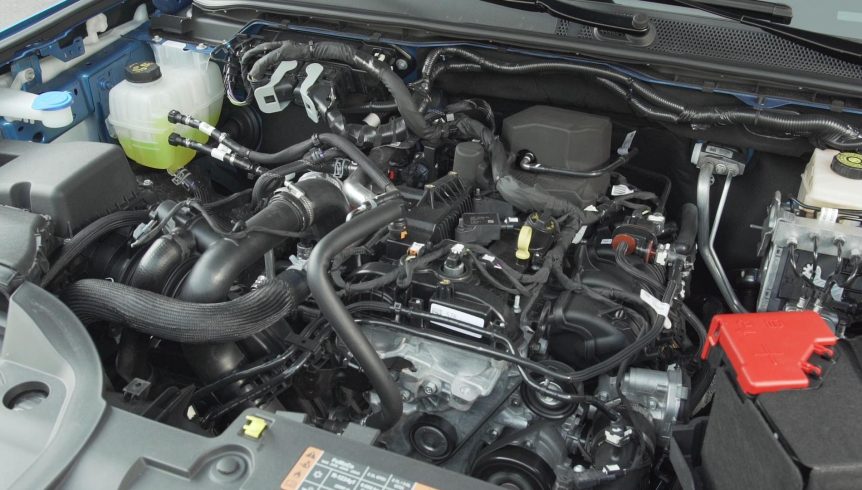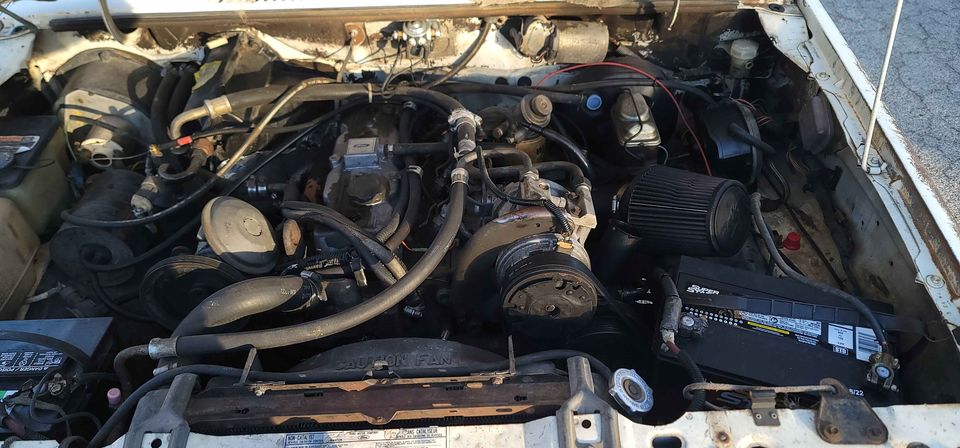What Makes an Auto Engine Run Smoothly: Top Tips for Optimum Care
The smooth procedure of a vehicle engine is fundamental to both performance and longevity, making ideal care a vital obligation for car proprietors. What specific steps should you prioritize to guarantee your engine continues to be in peak problem?
Routine Oil Modifications
Among one of the most vital facets of auto upkeep is ensuring your engine receives normal oil adjustments. Engine oil lubes interior components, minimizes rubbing, and helps keep ideal operating temperatures. Over time, oil weakens because of heat, impurities, and the all-natural by-products of burning, bring about lowered performance and potential engine damages.
Many makers advise changing the oil every 5,000 to 7,500 miles, however this interval can vary based upon driving conditions and oil type. Synthetic oils might allow for longer periods between adjustments. Routine oil adjustments not only boost engine performance however also improve gas effectiveness, as tidy oil promotes smoother procedure.
Overlooking oil adjustments can result in sludge accumulation, which harms flow and can bring about severe engine problems. It is vital to inspect oil degrees consistently and keep an eye on for any kind of unusual modifications in shade or consistency, which could suggest contamination or destruction.

Maintaining Coolant Levels
Preserving appropriate coolant degrees is crucial for preventing engine overheating and guaranteeing ideal efficiency. The coolant, normally a mixture of water and antifreeze, circulates through the engine, absorbing heat and avoiding thermal tension. Inadequate coolant can result in boosted engine temperature levels, which might trigger serious damage and even overall engine failure.
To maintain optimal coolant levels, routinely examine the coolant reservoir, usually situated in the engine bay. Ensure the coolant is loaded to the advised mark, as shown in your automobile's owner manual. It is advisable to check the degrees at the very least when a month or before long journeys, specifically during extreme weather.
If you see that the coolant degree is constantly reduced, there may be a leak in the cooling system, which need to be resolved without delay to avoid more difficulties. 2.2 ford ranger engine. Furthermore, flushing the coolant system every 2 to 3 years can assist remove any gathered particles and guarantee reliable warmth exchange
Monitoring Air Filters

It is advised to inspect the air filter every 12,000 to 15,000 miles, or extra frequently if driving in messy or adverse conditions. An easy aesthetic evaluation can often expose whether the filter is unclean or damaged. If the filter shows up discolored or has visible dust build-up, it should be replaced without delay.
Making use of a high-grade air filter designed for your certain lorry version can even more enhance engine performance. Furthermore, some lorries might gain from reusable filters that can be cleaned and reinstalled, supplying a environmentally pleasant and cost-effective alternative.
Inspecting Glow Plugs
Flicker plugs are essential parts of a car's ignition system, straight impacting engine performance and efficiency. They create the trigger that sparks the air-fuel combination in the burning chamber, promoting the engine's power generation. Normal assessment of spark plugs is important for preserving optimum engine feature and stopping prospective issues.
Throughout an inspection, seek indicators of wear or damage, such as cracks, carbon build-up, or extreme gap widening. A healthy and balanced trigger plug normally displays a brown or tan shade. Dark soot or oil down payments can suggest improper burning, visit homepage while a white or blistered appearance might recommend getting too hot. Both conditions require instant attention to stop additional engine damage.
It's a good idea to examine trigger plugs every 30,000 miles, or as recommended in your lorry's owner manual. Furthermore, consider changing them according to the manufacturer's guidelines, as worn or old stimulate plugs can lead to misfires, minimized fuel effectiveness, and raised emissions.
Tracking Tire Stress
Under-inflated tires can lead to decreased fuel effectiveness, boosted tire wear, and endangered handling. Normal surveillance of tire stress is essential for optimum vehicle operation.
Tire pressure should be checked a minimum of once a month and soon trips. Use a reputable tire pressure gauge to gauge the pressure when the tires are chilly, ideally before the vehicle has been driven for at the very least 3 hours. Describe the automobile's owner handbook or the placard located on the driver's side door jamb for the manufacturer's recommended stress degrees.
It is very important to note that tire pressure can fluctuate with adjustments in temperature level; a decrease of 10 ° F can lead to a 1-2 psi decrease in stress. In addition, aesthetically evaluate tires for any kind of indications of wear or damage during your surveillance routine. Maintaining correct tire stress not only enhances lorry security but also boosts official website gas performance and extends tire life, ultimately adding to a smoother engine efficiency.
Conclusion
In conclusion, keeping an auto engine's smooth operation requires attentive interest to several vital factors. Normal oil changes, proper coolant levels, tidy find out here air filters, properly maintained stimulate plugs, and optimal tire stress collectively add to improved efficiency and durability. Sticking to these maintenance techniques not only boosts fuel performance however additionally promotes a more secure driving experience. Ultimately, an aggressive approach to engine treatment is important for making certain dependability and capability in time. 2.2 ford ranger engine.
One of the most important facets of vehicle maintenance is guaranteeing your engine obtains regular oil modifications. Engine oil lubes inner parts, reduces friction, and assists preserve optimum operating temperature levels. Regular oil modifications not only enhance engine efficiency yet also enhance fuel effectiveness, as tidy oil advertises smoother operation.
Insufficient coolant can lead to enhanced engine temperature levels, which may cause severe damage or even total engine failure.
